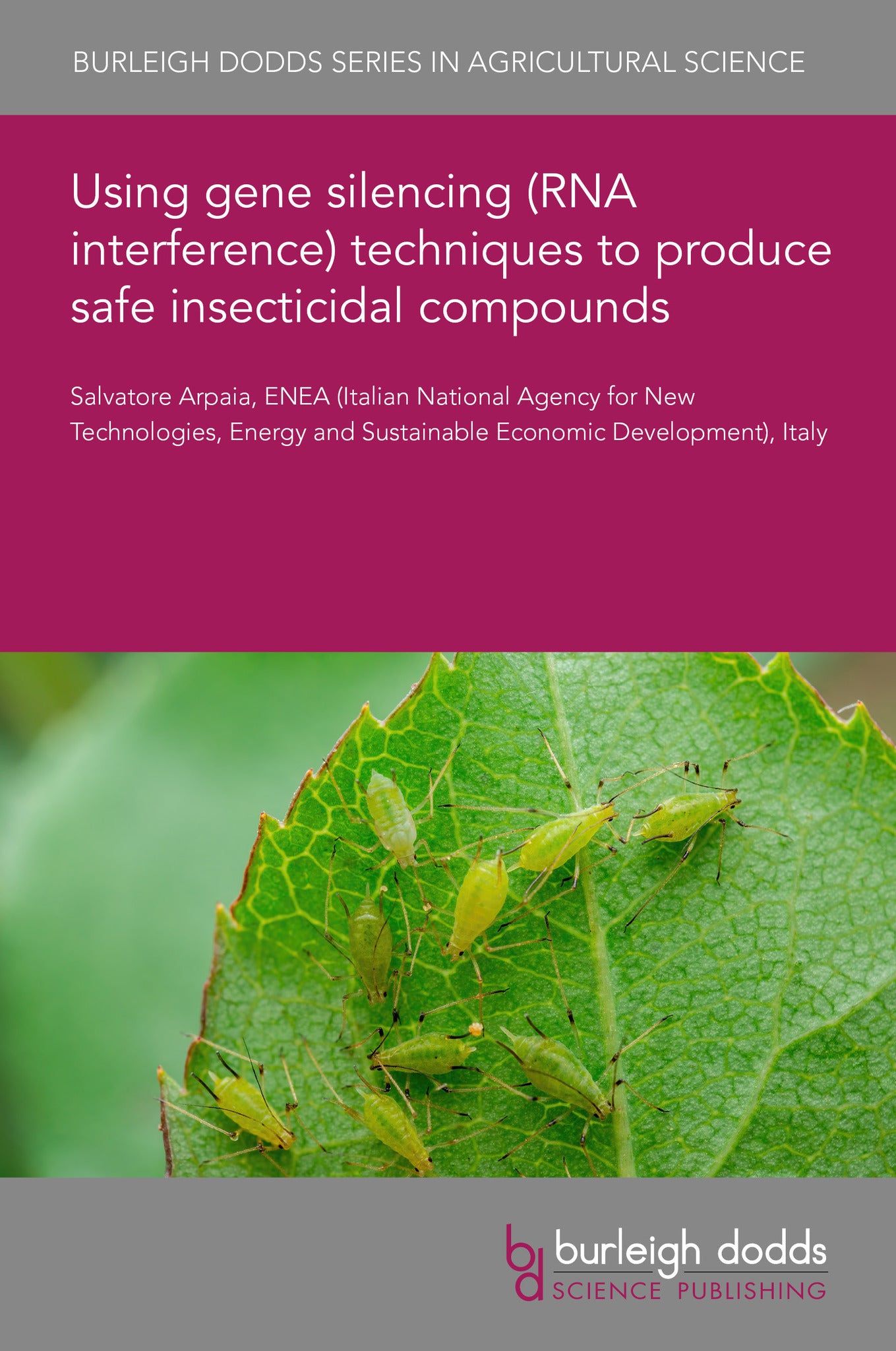We're sorry. An error has occurred
Please cancel or retry.
Using gene silencing (RNA interference) techniques to produce safe insecticidal compounds

Some error occured while loading the Quick View. Please close the Quick View and try reloading the page.
Couldn't load pickup availability
- Format:
-
03 April 2025

RNA interference (RNAi) is a natural defense mechanism in organisms that detects and neutralizes foreign genetic materials, particularly viral RNA. This process involves the creation of single-stranded micro RNAs that target and inhibit complementary messenger RNA (mRNA), thus halting gene expression. The discovery that external double-stranded RNA molecules can trigger RNAi has led to significant interest in academic and industrial circles, resulting in applications like genetically modified crops and insecticidal compounds. The first RNAi-based insecticide received commercial approval in the USA in 2023. The key advantage of this biotechnology lies in its high specificity, as it targets unique sequences in the mRNA of the intended organism. However, the effectiveness of RNAi varies between species due to factors such as dsRNA degradation, cellular uptake, and genomic variations. While evidence suggests limited risks for mammals and vertebrates, comprehensive evaluations are essential to address potential non-target effects and the risk of insect resistance.

TECHNOLOGY & ENGINEERING / Pest Control, Pest control / plant diseases, TECHNOLOGY & ENGINEERING / Agriculture / Sustainable Agriculture, TECHNOLOGY & ENGINEERING / Agriculture / Agronomy / Crop Science, Agronomy and crop production, Sustainable agriculture

- 1 Introduction
- 2 RNA mechanisms in insects
- 3 Activity spectrum of RNA interference in insects
- 4 Physiological mechanisms preventing gene silencing in insects
- 5 Double-stranded RNA-based insecticides
- 6 Target genes for RNA interference applications
- 7 Biosafety issues and assessment
- 8 Regulatory aspects
- 9 Conclusion: advantages, limitations, and opportunities
- 10 Where to look for further information
- 11 References



